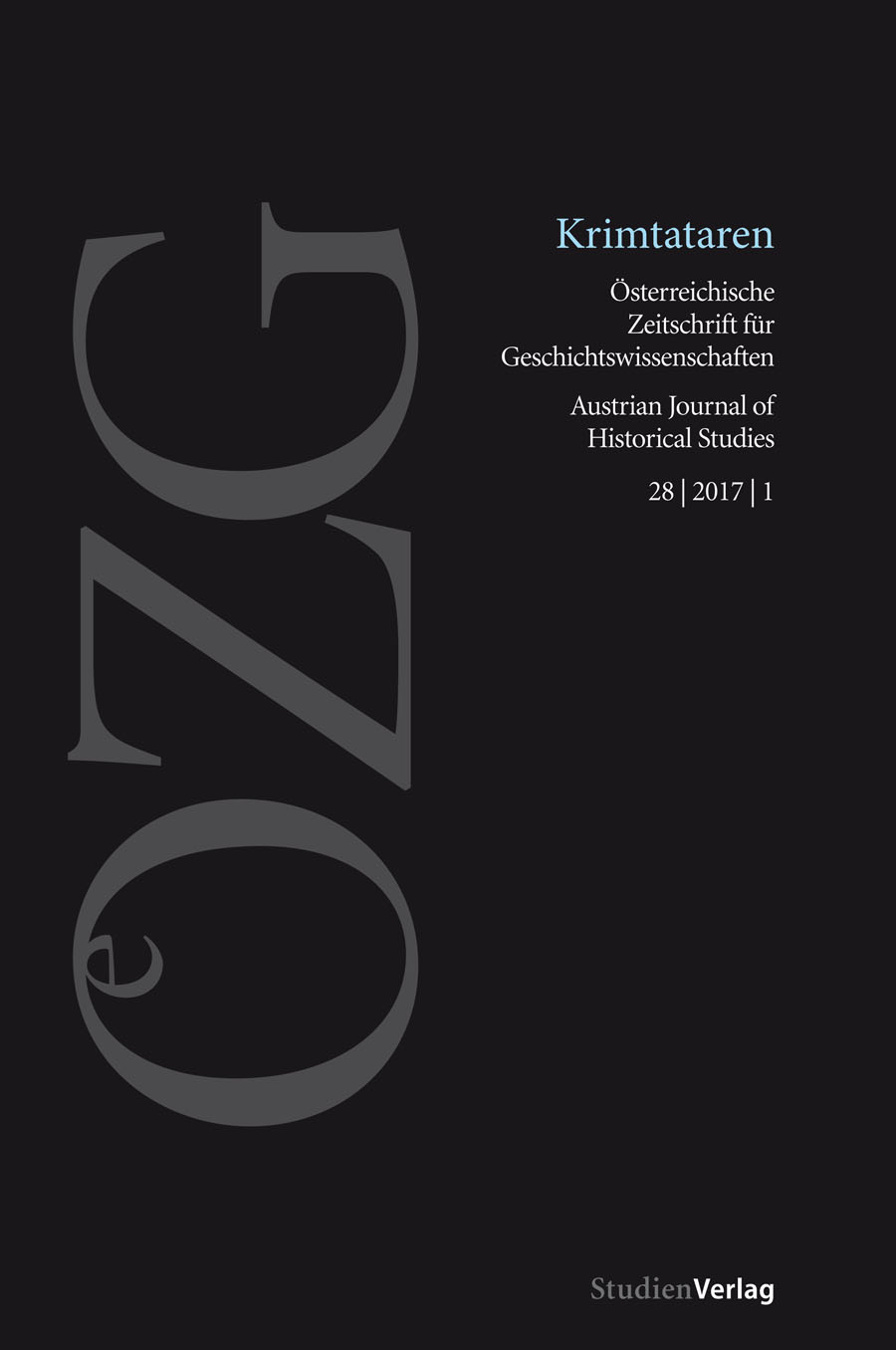Die krimtatarische Bevölkerung ab 1991
Von der Repatriierung zur russländischen Besatzung
DOI:
https://doi.org/10.25365/oezg-2017-28-1-8Schlagworte:
Crimean Tatars, Crimea, Ukraine, Russia, deportationAbstract
The Crimean Tatars Since 1991: From Repatriation to Russian Occupation. From the end of the 1980s, the Crimean Tatars returned from exile in Central Asia, where they had been sent to by Yosif Stalin in 1944, to Crimea. According to the Ukrainian census in 2001 there were 248,200 Crimean Tatars in the country, most of them in Crimea. An unknown number remained in Central Asia, mainly in Uzbekistan. Especially in the early years of their return, the Crimean Tatars in their historical homeland faced problems such as a lack of land for housing and other forms of construction, difficulties acquiring Ukrainian citizenship, and unemployment. Other permanent difficulties were the challenge of preserving the Crimean Tatar language, discrimination, and the general political climate on the peninsula, where Russians as the majority ethnic group were not well-disposed towards them. This article depicts the roles of the Crimean Tatars‘ Qurultay (Congress) and the Mejlis (the highest executive-representative body in the period between sessions of the Qurultay). It argues that the Crimean Tatar members of Crimea’s regional Parliament remained without significant influence. Moreover, since the Russian occupation of Crimea in March 2014 the Crimean Tatars are suspected of "disloyalty" and are harassed by the Russian occupying authorities.


